Top Class Actions’s website and social media posts use affiliate links. If you make a purchase using such links, we may receive a commission, but it will not result in any additional charges to you. Please review our Affiliate Link Disclosure for more information.
Johnson & Johnson has added $1 billion to a $4 billion settlement deal from last year resolving claims in an opioid crisis lawsuit.
The additional contribution is not an admission of liability and instead “results from continued negotiations and is intended to maximize participation in the settlement,” the pharmaceutical company said Tuesday, according to The Hill. With the addition of $1 billion, Johnson & Johnson has upped its participation in the settlement to a total of $5 billion.
Johnson & Johnson’s settlement payment is part of a larger $48 billion deal between four states and four other companies.
Drug distributer McKesson has agreed to pay $6.68 billion over 18 years. Amerisource Bergen and Cardinal Health each will pay around $5.6 billion over 18 years. Drug maker Teva Pharmaceuticals will pay $23 billion in suboxone — an opiate addiction drug — for 10 years.
In total, the deal provides $22 billion in cash and $26 billion in other benefits such as opioid addiction treatments, data tracking and more.
The opioid settlement resolves lawsuits against the companies alleging that their actions played a significant role in America’s opioid crisis.
Opioid drugs such as OxyContin, Vicodin, morphine, fentanyl and others are commonly used by medical professionals to manage pain after surgery or injuries.
Although these drugs are effective in managing pain, they are also incredibly addictive. After someone is prescribed opioids by a doctor, they may eventually develop an addiction — leading them to seek irresponsible opioid prescriptions or even turn to street-drug opioids, such as heroin.
As a result of an opioid addiction, consumers may suffer financial injury along with the physical injury of addiction. Some addicted individuals may even overdose on opioids — leaving a grieving family in their wake.
Opioid addiction has become a crisis in America.
According to the Centers for Disease Control and Prevention (CDC), in 2018 alone, more than 67,000 Americans died from drug overdoses — 70% of which were attributed to opioids. In 2018, the number of drug overdose deaths was four times higher than in 1999.
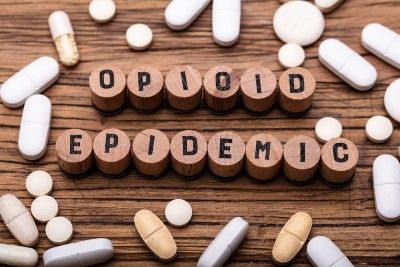
According to legal action against these companies, the promotional and marketing materials for prescription opioids have contributed to the opioid crisis.
The benefits of opioids have allegedly been overstated to physicians and the public, while their downsides, such as addiction, have been left out of marketing, leading the drugs to be widely prescribed to treat pain.
Lawsuits, including one complaint filed by Minneapolis against drug manufacturers, argue the pharmaceutical companies have a responsibility to accurately and safely market their drugs.
As a result of their actions, cities such as Minneapolis have allegedly had their resources drained by the opioid crisis while families struggle with the personal ramifications of addiction.
The recent Johnson & Johnson settlement is a global resolution to such claims that were consolidated in a multidistrict litigation.
“The settlement is not an admission of liability or wrongdoing, and the Company will continue to defend against any litigation that the final agreement does not resolve,” Johnson & Johnson said in a statement following the announcement of the increased settlement amount. “The settlement will provide certainty for involved parties and critical assistance for families and communities in need.”
Several other companies have agreed to resolve opioid claims against them in settlement deals.
Mallinckrodt, a company that produces many of the generic opioids on the market, filed for bankruptcy recently due to the liability it faces in opioid crisis lawsuits. In February, the company agreed to pay $1.6 billion as part of a opioid settlement with 47 state attorneys general.
After the company finishes bankruptcy proceedings, it will reportedly start the opioid settlement with a $450 million payment.
Recently, Purdue told Reuters it is nearing a plea deal with the U.S. Department of Justice in connection with the company’s role in the opioid crisis.
As a part of the deal, Purdue would plead guilty to the criminal charges against it and resolve billions of dollars in criminal penalties. The plea deal could be unveiled within the next few weeks.
Reuters also reported Purdue may be nearing a resolution in civil claims in opioid crisis lawsuits. Like Mallinckrodt, Purdue declared bankruptcy last year in the face of mounting legal liability.
Have your or your family members been affected by the ongoing opioid crisis in America? Share your story in the comment section below.
The Opioid Crisis Settlement is In re: National Prescription Opiate Litigation, Case No. 1:17-md-02804, in the U.S. District Court for the Northern District of Ohio.
Read About More Class Action Lawsuits & Class Action Settlements:

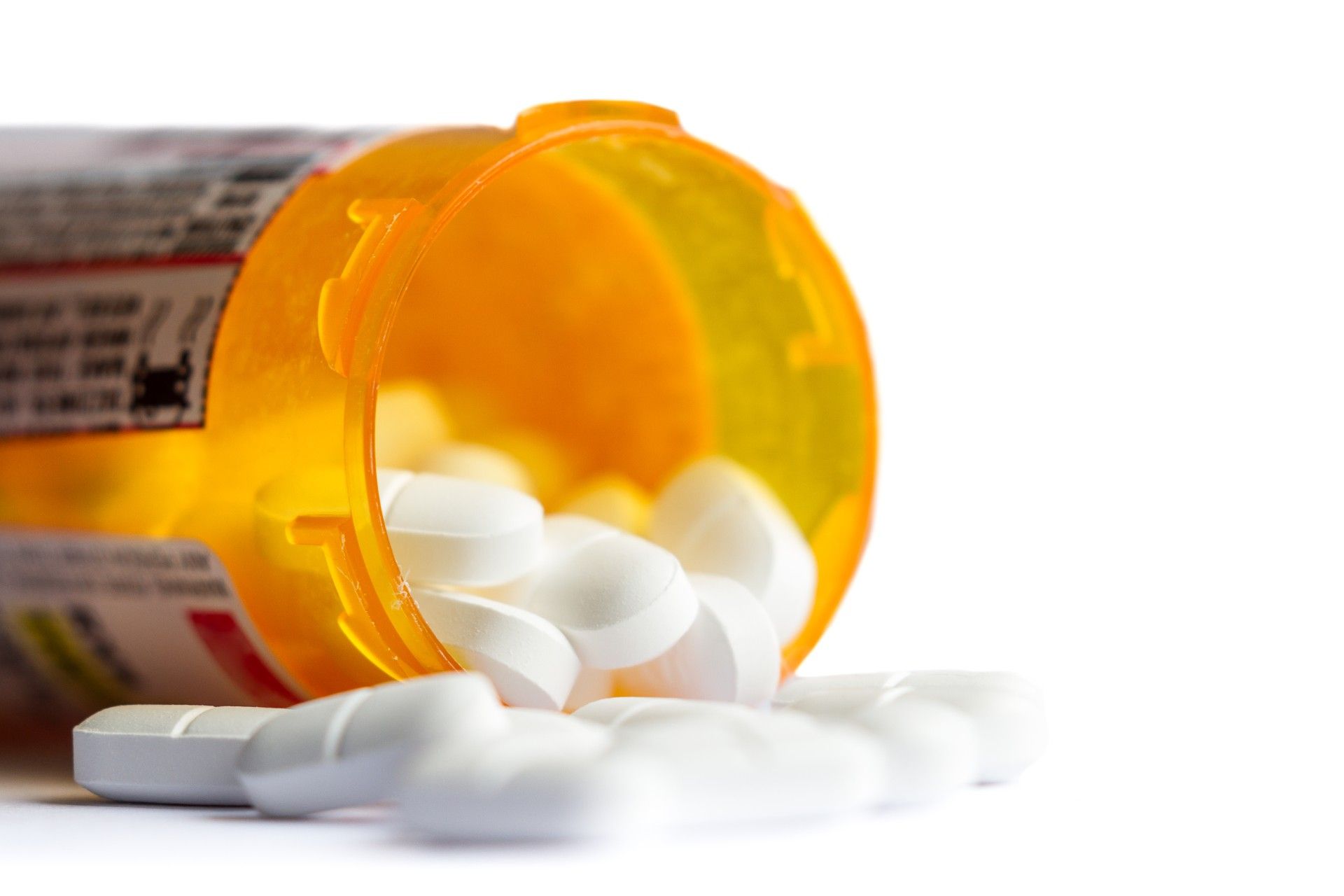


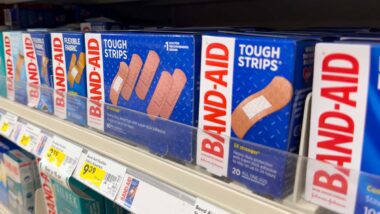
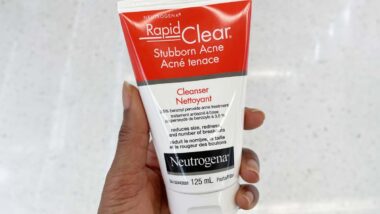
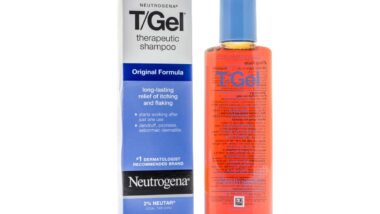

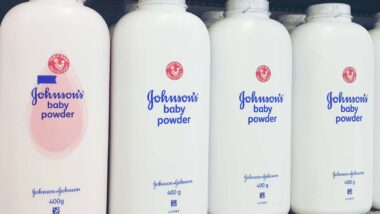



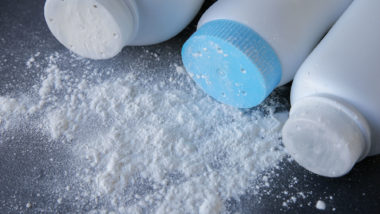
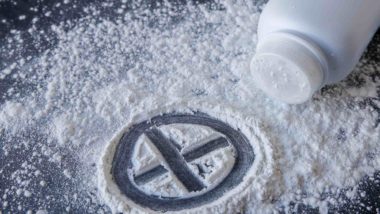
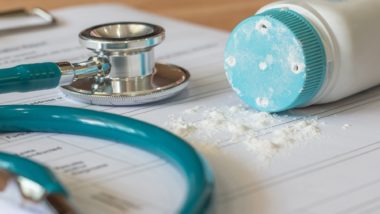
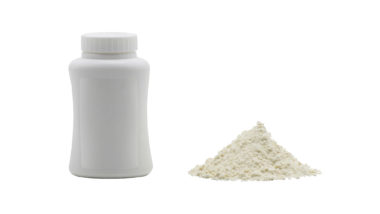
74 thoughts onJohnson & Johnson Ups Offering to $5B In Opioid Settlement Deal
I have been on opiates for more the 20 years and never pictured myself to be a addict but low and behold I am. I was given violin, then dilaludid, percocet and fentynal patches and continue to use percocet and fentynal patches. I lost my job and financially I lost everything. I am struggling to get out of this addiction
My son was given morphine when he had a 4 wheeler accident and that led to other pills now heroin.
I was prescribed Roxycoton an instant relief medication from oxycontin and they got me addicted to them for about 5 to 6 years, living a roller coaster life for years and losing everything in between those years including losing my cousin, aunt, and 5 close friends due to there miss treated prescription that the dr. Dished out! I then went into rehab to just trade in one addiction for another with suboxone!
My son Died two years ago with a needle in his arm. He had a football injury in College when to his Doctor and he wrote him a prescription for Percocet . He would see him in a regular basis and he would write prescriptions to him, started with 10, then 20, then 30 all the way up to 120 a week. He would bring him gifts, fruit baskets, golf gift certificates and cash .
From Percocet to Oxys and Vicodin . 10 years of Dr Shopping hundreds of empty pill bottles . Then when all his Doctors would no longer give him pills. It was Herion. Over 1/4 million dollars gone to his drug habit. Got help, went to jail came out clean and stayed that was for over a year. Then he couldn’t resist his urges and took that fatal dose and he died instantly. He was 39 years old.
I had an accidental overdose on suboxone.
Addicted to herion currently because of the opiods I was prescribed by my doctor for years then was taken away.
i was given roxycet at the emergency room. then oxy from my doctors. i took these for 8 years. i decided i wanted off all narcotics including fentanyl. i had problems with high blood pressure, tremors, seizures, swelling of knees and other joints. the pain was terrible. i am still taking the oxys but we are gradually lowering the dose. with the heart problems ect that developed while i was trying to get off all narcotics,i may never be able to live a normal life.
Started with Percocet, then Oxys to Roxys and eventually not just pharmaceuticals like fettynal but a substantial addiction to plain old heroin as well…. I’ve been suffering from this lifestyle for over 10years now. I don’t wish this shit on anyone’s soul.
Vicodin led to oxy, Oxy led to heroin. Now thanks to my husband having a Dr put his prosthetic knee on incorrectly he is addicted and has gotten my son addicted!! My family is in ruins. At 30 years old my son has never held a job, never owned so much as a bike without selling it for drugs. I’ve been to emergency and jail so many times they know me like I’m a regular. Its sad, its heartbreaking and drug manufactures and some stupid greedy Drs need to be held accountable for all the lives they have devastated and destroyed. I don’t wish bad on anyone but otherwise they will never stop hurting rather than helping people that need a better life not a miserable tragic one.
My daughter is. A opioid drug user she lost her children to the state I have rasied her children she has been on drugs for 20yrs
My daughter,23, died of a drug overdose in 2013. No one cared about addicts back then. My nephew is still an addict after Almost 20 years, started with Vicodin buying it for 5.00 A pill on the street. He had tooth pain